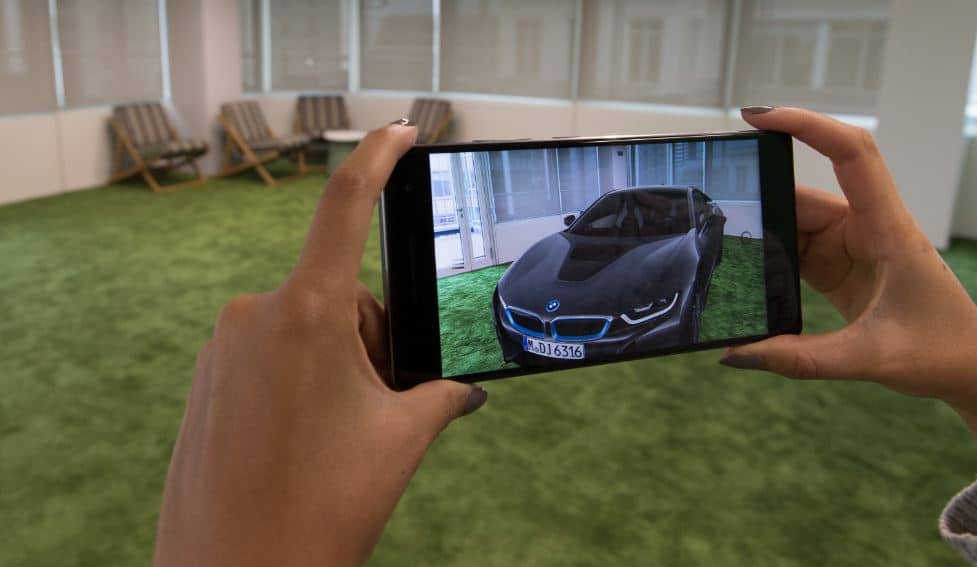
We’ve been outspoken in the belief that successful AR apps need to apply “native thinking.” Build new experiences around AR capability, rather than tacking AR on to existing apps. Also known as “AR-first,” we learned a similar lesson in “mobile first” app design principles of the last decade.
But we now have an amendment to that claim: As much as success can flow from AR-first thinking, greater traction can result from “AR-only.” In other words, questions should be asked of any AR app: Could it exist without AR? Is AR critical to its functionality or incremental?
If the answer to the first question is no, there’s a greater chance of achieving true AR value. For example, in a recent panel discussion we heard a speaker envision a “no-brainer” AR glasses app that overlays scrolling karaoke lyrics on one’s field of view while at a karaoke bar.
Though it’s a fun vision, is it “AR-only” or even “AR-first”? Could the functionality exist without AR? The answer of course is yes: It’s called the flat screen monitor in every karaoke bar in the world. Sure, it would be nice to have lyrics directly in in front of you, but only incrementally so.

If It Ain’t Broke
The Karaoke example invokes another test of AR design principles. It’s what we like to call the “if it ain’t broke,” test. If a given AR app fills a gap that wasn’t really a pain point for anyone, then it could be a solution in search of a problem (like some forms of mobile payments).
When applying this thinking to ARkit apps we’ve seen so far, there are examples that represent best and worst practices. Furniture or car visualization apps are good examples of AR-Only thinking: They solve a real pain point — personalizing large items — and are only possible in AR.
On the other side of the fence is the NBA app that lets players flick their phone to shoot free throws at a graphical hoop superimposed on the floor. It’s moderately fun for a bit, but its functionality is based more in the phone’s accelerometer than AR. It doesn’t need to be in AR.
“When I saw Pokemon Go, i thought ‘great,’ my kids played it… but they turned off the augmentation,” said Unternehmertum VC Partners’ Johannes von Borries at AWE Europe. “So it was not augmented reality, it was a GPS game. We have to think, ‘where’s the real value?'”

Hammers Searching For Nails
At early stages of AR there will be a lot of this “add-on” functionality. But we’ll eventually get to the true AR value when the first breakout AR-only app catches fire. It was that same thinking that brought us apps like Uber, which at the time was “mobile-only”… it wouldn’t work on PCs.
Part of the challenge also comes down to the classic “Silicon Valley effect.” Being immersed in a tech culture, it’s hard to detach and put ourselves in the shoes of mainstream consumers. But the challenge is to solve human problems and pain points, rather than engineering feats.
They aren’t mutually exclusive of course, but the former should lead the latter. Put another way — and borrowing from Samsung Next’s Jacob Lowenstein — don’t be a “hammer searching for nails.” AR should improve lives primarily and impress industry peers secondarily.
“What are other problems where AR finally helps bridge the gap?” Lowenstein posed recently at AWE Europe. “Work backwards from there. Because if you’re going technology-first you’re going to end up walking into a door.”

For a deeper dive on AR & VR insights, see ARtillry’s new intelligence subscription, and sign up for the free ARtillry Weekly newsletter.
Disclosure: ARtillry has no financial stake in the companies mentioned in this post, nor received payment for its production. Disclosure and ethics policy can be seen here.
